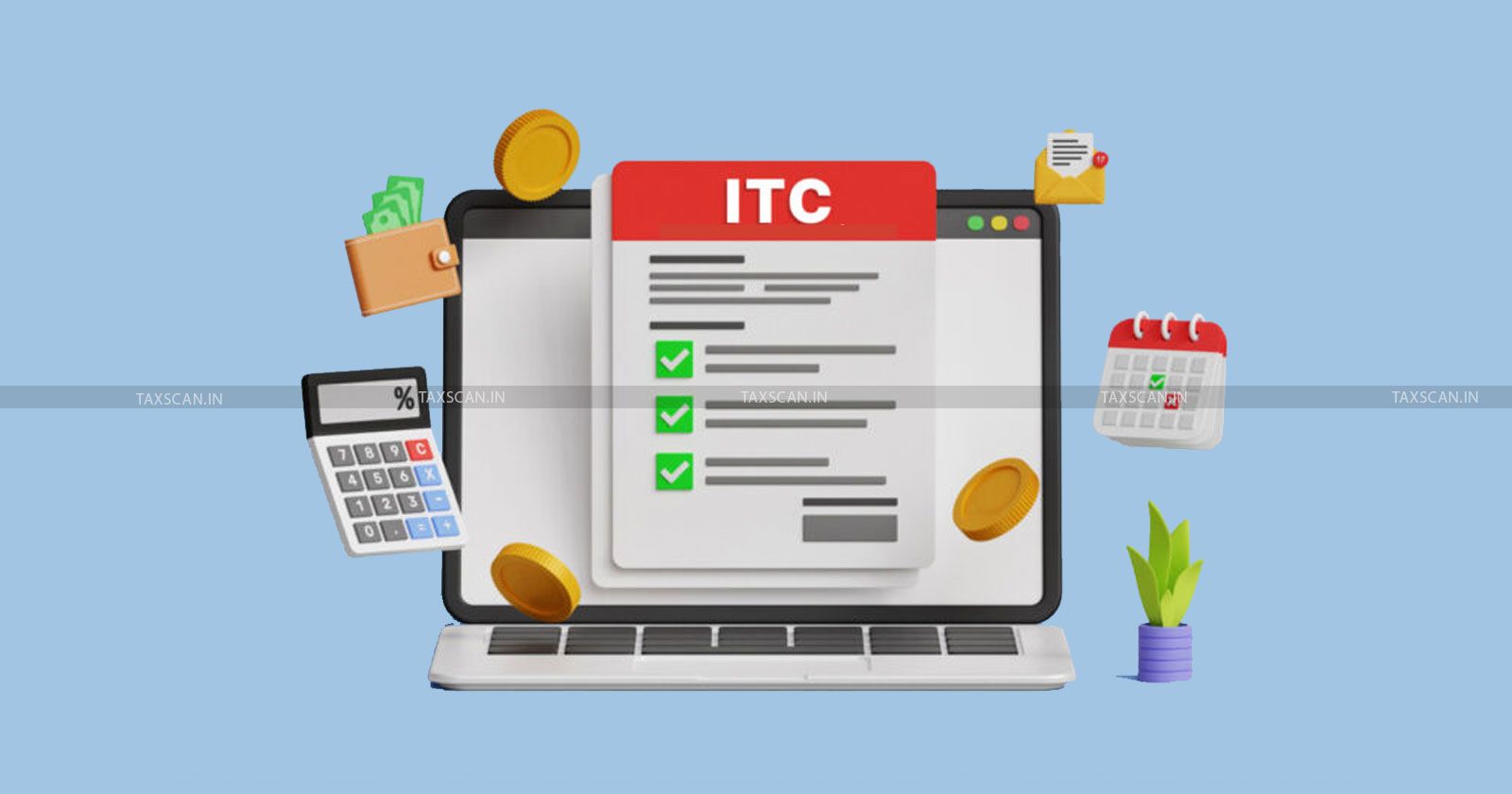New ISD Rules Effective April 2025: How Debit and Credit Notes Affect ITC Distribution
As of April 1, 2025, businesses must mandatorily use the ISD mechanism to distribute ITC on common input services, replacing cross-charging and stricter compliance through GSTR-6

New ISD Rules – Debit – Credit Notes – ITC Distribution – taxscan
New ISD Rules – Debit – Credit Notes – ITC Distribution – taxscan
As of April 1, 2025, the Input Service Distributor (ISD) mechanism has become mandatory under India’s Goods and Services Tax (GST) regime. This shift was introduced through the Finance Act, 2024, and enforced by Notification No. 12/2024 - Central Tax and Notification No. 16/2024 - Central Tax, which has formally eliminated the use of the cross-charge method for distributing Input Tax Credit (ITC) on common input services across multiple GST-registered locations.
Businesses that previously relied on cross-charging must now use the ISD route for proper credit allocation. The new rules are not just procedural, they carry penalties for non-compliance. Any business that fails to register under the ISD mechanism or continues using cross-charging for ITC purposes faces the denial of ITC and a minimum penalty of Rs. 10,000.
Navigate GST ITC Challenges with Confidence – Your Comprehensive Guide to Drafting Replies and Ensuring Compliance: Click Here
ISD Framework Under the Revised Rule 39
Under the revised Rule 39 of the CGST Rules, every registered business that procures common input services centrally and benefits multiple branches must now distribute ITC through a designated ISD. This process involves registering the central location (usually the head office) as an ISD, issuing ISD invoices, and filing monthly returns in Form GSTR-6.
Read More: [BREAKING] Table 3.2 in GSTR-3B to be System-Locked Starting April 2025: GSTN Advisory
All ITC received during a given month must be distributed in that same month. Distribution must be proportionate to the turnover of each recipient location during a defined “relevant period.” If a service is exclusively consumed by one branch, the entire ITC must be allocated to that branch. Where input services are used across multiple branches, the distribution must follow a specific formula:
C1 = (t1 / T) × C
where
C1 = credit allocated to the recipient,
t1 = turnover of that recipient during the relevant period,
T = total turnover of all relevant recipients, and
C = total ITC available for distribution.
Separate treatment must also be given to eligible and ineligible credit. Tax-type-based allocation rules apply to CGST and SGST are distributed for intra-state transactions, and IGST is used for inter-state allocations.
Navigate GST ITC Challenges with Confidence – Your Comprehensive Guide to Drafting Replies and Ensuring Compliance: Click Here
How Debit and Credit Notes Are Now Handled by ISDs
Debit Notes
When a supplier issues a debit note to an ISD, the additional ITC received must be distributed in the same month it is included in GSTR-6. The distribution should follow the same proportional basis as the original invoice.
Credit Notes
When a credit note is received by the ISD, it results in a reduction of previously distributed ITC. This reduction must be allocated across recipient branches in the same ratio as the original ITC distribution. The reduced amount is adjusted against the ITC distribution for the current month.
If the reversal amount exceeds the available ITC for a particular branch, the excess will be added to that recipient’s output tax liability. This rule applies not only to supplier-issued credit notes but also to any case where credit must be reversed. For example, if ITC was mistakenly distributed to an incorrect branch.
ISDs are now responsible for meticulous reconciliation of all credits, matching original invoices, amendments, debit and credit notes, and ensuring that only accurate credits are passed on. Every adjustment must be accurately reported in GSTR-6.
Unlock the Secrets to Smart GST Replies: Click Here
Recovery of Excess Credit
In cases where excess ITC is distributed, the law treats it as if tax has not been paid. Consequently, demand and recovery provisions under GST become applicable. However, the liability for repayment, including interest, rests with the recipient branch that received the excess, not the ISD that issued the distribution.
Transition from Cross-Charge to ISD: Operational Changes
The shift from cross-charging to the ISD mechanism has affected operational structures across businesses. For example, a company headquartered in Delhi with branches in Mumbai, Bengaluru, and Hyderabad can no longer raise internal invoices to allocate credit. Instead, the Delhi head office must now be registered as an ISD and distribute the ITC via ISD invoices, proportionate to each branch’s turnover. These allocations must be reported through monthly GSTR-6 filings.
Where the ISD and the recipient are located in the same state, the credit is distributed as CGST and SGST. Where they are in different states, the credit must be passed as IGST.
What’s Your Next Move on ITC? Click Here
Impacted Businesses and Compliance Actions
These reforms are particularly relevant for multi-state businesses with centralized procurement, including sectors such as IT, consulting, retail chains, banking, telecom, and any organization with common service contracts. Service-heavy industries that once depended on cross-charging must now entirely convert to ISD-based workflows.
In response, businesses should have already taken several compliance actions:
- Registered their central location as an ISD;
- Upgraded ERP and accounting systems to support ISD invoicing.
- Aligned GST return filing practices with ISD distribution requirements;
- Re-trained compliance and finance teams;
- Ceased cross-charging and begun accurate monthly reporting through GSTR-6.
Those still transitioning must act immediately to avoid penalties and ITC rejections.
Support our journalism by subscribing to Taxscan premium. Follow us on Telegram for quick updates


